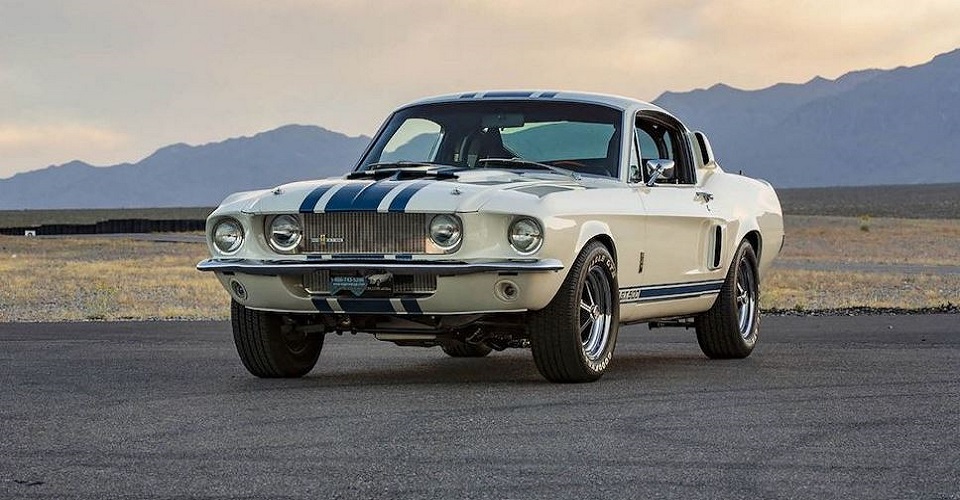In 1967 Shelby G.T. Is 500 really worth the bullish on the big-block
Collectors are still charmed when this fastback bares its fangs
The late Carroll Shelby attached his name to many great cars (and trucks), but his original Cobras and modified Mustangs stand alone. Aside from the obvious stuff, one of the things that makes them desirable is that the Shelby American Automobile Club has been keeping track of Shelby automobiles in its registries since the late 1970s, early 1980s. This has helped ferret out fakes as well as pass on the ownership stories of these cars decade after decade.It’s interesting, too, that the desirability of Shelby’s earliest cars has not waned as newer editions emerged. Original Cobras have only gained in value despite the onslaught of replicas and Shelby-authorized continuation cars. Ditto for the Mustangs. The modern Ford SVT GT500s and GT350s have attracted a new set of Shelby enthusiasts and carved out a niche of their own, but they clearly haven’t put the originals out to pasture.
In 1964, Carroll Shelby agreed to turn Ford’s all-new Mustang into an SCCA champion—after some arm twisting from Lee Iacocca. But once Ol’ Shel and the crew at Shelby American were on board, an enduring chapter of automotive history was penned in Wimbledon White and Guardsman Blue. The original G.T. 350 was a ready-made racer, but it was too hard-edged for some customers (and magazine reviewers). The sintered metallic brake linings required Herculean pedal effort. The ride was punishing. The exhaust was loud and the action of the Detroit Locker differential was jolting. Drivers also complained about rotten-egg odors from the rear-mounted battery.In ’66, the G.T. 350 rolled out of Shelby American with its fangs filed down a little. An automatic transmission was available, as was a range of exterior colors beyond white. The harsh locking diff was gone, the battery was mounted in the engine bay, the exhaust ran all the way to the back, etc.
For ’67, the gentrification ramped up further and the Shelby Mustangs were positioned more as sporty grand tourers than apex-clipping racers. The new-for-’67 Ford Mustang were larger, heavier, but more polished and had space between the shock towers for big FE-series 427 and 428 V-8s. Also that year, Mustangs weren’t shipped to Shelby American for a full competition chassis and engine upfit. The mechanicals were mostly Ford factory components, while the styling treatment was full-tilt Shelby.
Shelby American installed a new fiberglass hood with scoops, air intakes on the quarters reminiscent of the GT40 race cars, and an aggressive fiberglass nose as well as a ‘glass tail piece. Inside, there was an integral roll bar with inertia reel shoulder harnesses, a wood steering wheel, stylized interior trim, and full instrumentation that included an 8,000-rpm tach and 140-mph speedometer.
Popular pricing guides show that 1967 Shelby G.T. 500 values have remained steady over the last three to five years, but have regained the ground lost after the 2008 financial crisis. These are relatively low-production cars—2,048 built—yet they turn up for sale frequently and sell for high six-figure prices. That said, the Wimbledon White example pictured here hauled in a whopping $330,000 at Mecum’s 2020 Indy sale in July, easily besting the house’s $315,000 high estimate (and book high estimates that range from $224,000-$275,000). The record-breaker for this breed was the one-of-one, 427-powered, G.T. 500 Super Snake that sold at Kissimmee in 2019 for $2.2 million—nearly double its preauction estimate.
Even during uncertain times—and as pundits are saying that 1960s muscle car prices are trending downward—it’s easy to be bullish about this big-block-powered pony car from the Shelby American stable. The ’67 G.T. 500’s timeless good looks and legendary performance, combined with enthusiastic support from SAAC, should keep it among the blue chips for years to come.








